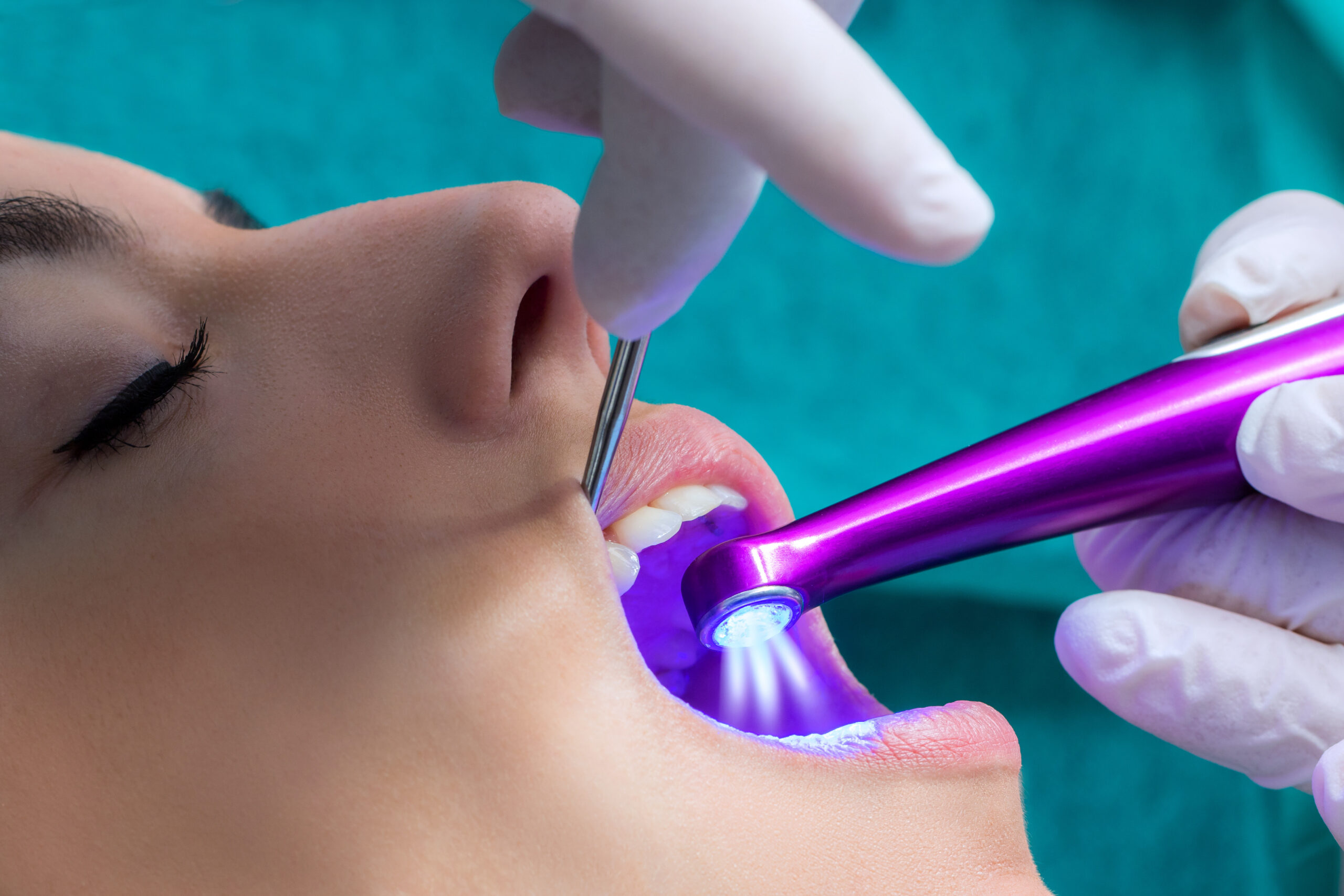
What are Dental Sealants for Oral Health?
Patients that face a high risk of tooth decay due to enamel erosion or deep pits and grooves on the biting surfaces of teeth may benefit from dental sealants. According to the CDC, dental sealants have been proven to prevent 80 percent of cavities over two years in the back teeth, which is where 9 out of 10 cavities develop.
While sealants are most commonly performed on children, teens and adults can also benefit from this common service. Learn more about dental sealants, how they are applied, and the many advantages of getting sealants.
What are Dental Sealants?
Many dentists focus on preventative dentistry. One way to help prevent oral disease is with dental sealants. Sealants refer to a thin, protective coating that is applied to the grooves of the back teeth to protect against decay. It is common for food and debris to collect in the pits and fissures of the teeth, trapping bacteria and food particles that contribute to plaque. The bristles on a toothbrush do not always reach into these crevices which can increase your risk of developing cavities.
How are They Applied by the Dentist?
Placing dental sealants is a quick, simple, and painless procedure that your Melbourne Florida dentist can perform at your next routine appointment.
The sealants process involves three main oral health care steps:
1. Your dentist will start by examining your teeth. Sealants should be placed on teeth that are free of decay. If your teeth currently have cavities, the decay should first be removed. Dental sealants are typically applied at the end of a dental appointment following a dental teeth cleaning. Your teeth must be first cleaned and dried before sealants can be placed.
2. The next step of applying dental sealants involves painting a solution onto the tooth surfaces to slightly roughen or “etch” the teeth. The teeth require a slight roughness to make the sealants better adhere to the surface. Once the teeth have been etched, they are rinsed and dried again.
3. The final step of placing dental sealants is painting on the actual sealant material. Dental sealants are painted on in liquid form and once on the teeth, harden in about one minute. Your dentist may use a curing light to help the sealant material harden faster. After receiving sealants, you are able to eat and drink right away. However, you’ll want to avoid sticky, hard, or chewy foods that could chip or break your new dental sealants.
What are the Benefits of Sealants?
Dental sealants provide patients with a protective barrier between the tooth surfaces and cavity-causing bacteria. Sealants are suitable for people of all ages, including children who are prone to cavities, as well as older patients with many small grooves that need to be protected.
Sealants work by covering the top of the molars with a tooth-colored plastic that prevents food particles and bacteria from entering the pits and fissures of the chewing surfaces. As the grooves are filled in with sealant material, it also makes brushing easier as the bristles can reach all the surfaces of the teeth.
As the process of applying sealants is quick and pain-free, there is no downside to getting sealants. With good oral hygiene habits, they can last for many years. During your routine appointments, your dentist will check the condition of the sealants and may recommend repair if needed.
Dental sealants are affordable and can actually save you money long term. They are a more cost-effective treatment compared to dental restorations and can help patients avoid painful and expensive treatments. Most insurance companies include dental sealants in their list of covered treatments.
Make an Appointment Today
Sealants provide patients with excellent protection against decay.
To learn more about dental sealants or to schedule an appointment with our Melbourne FL dentist, reach out to Artistic Touch Dentistry by calling (321) 724-1400.

